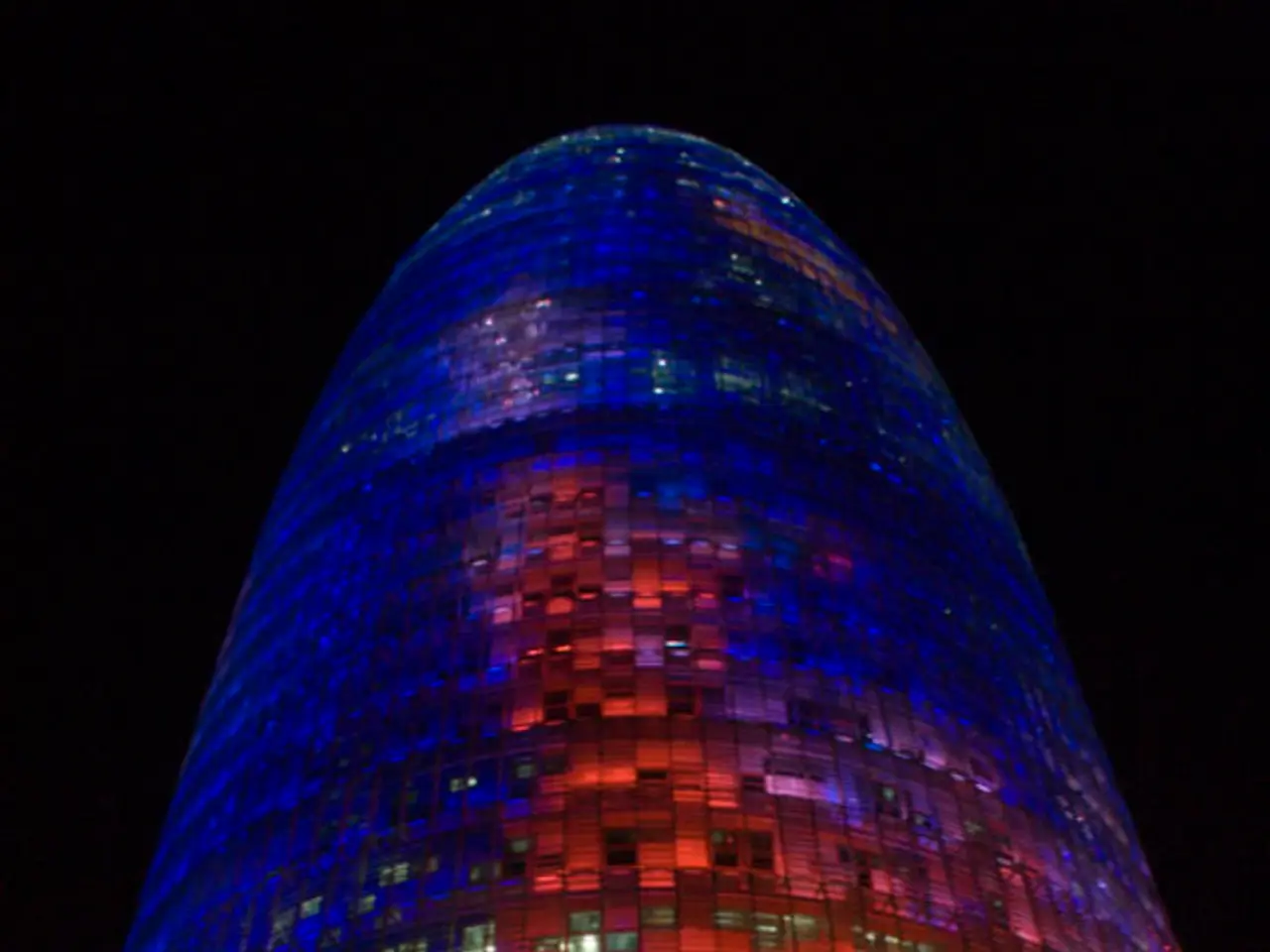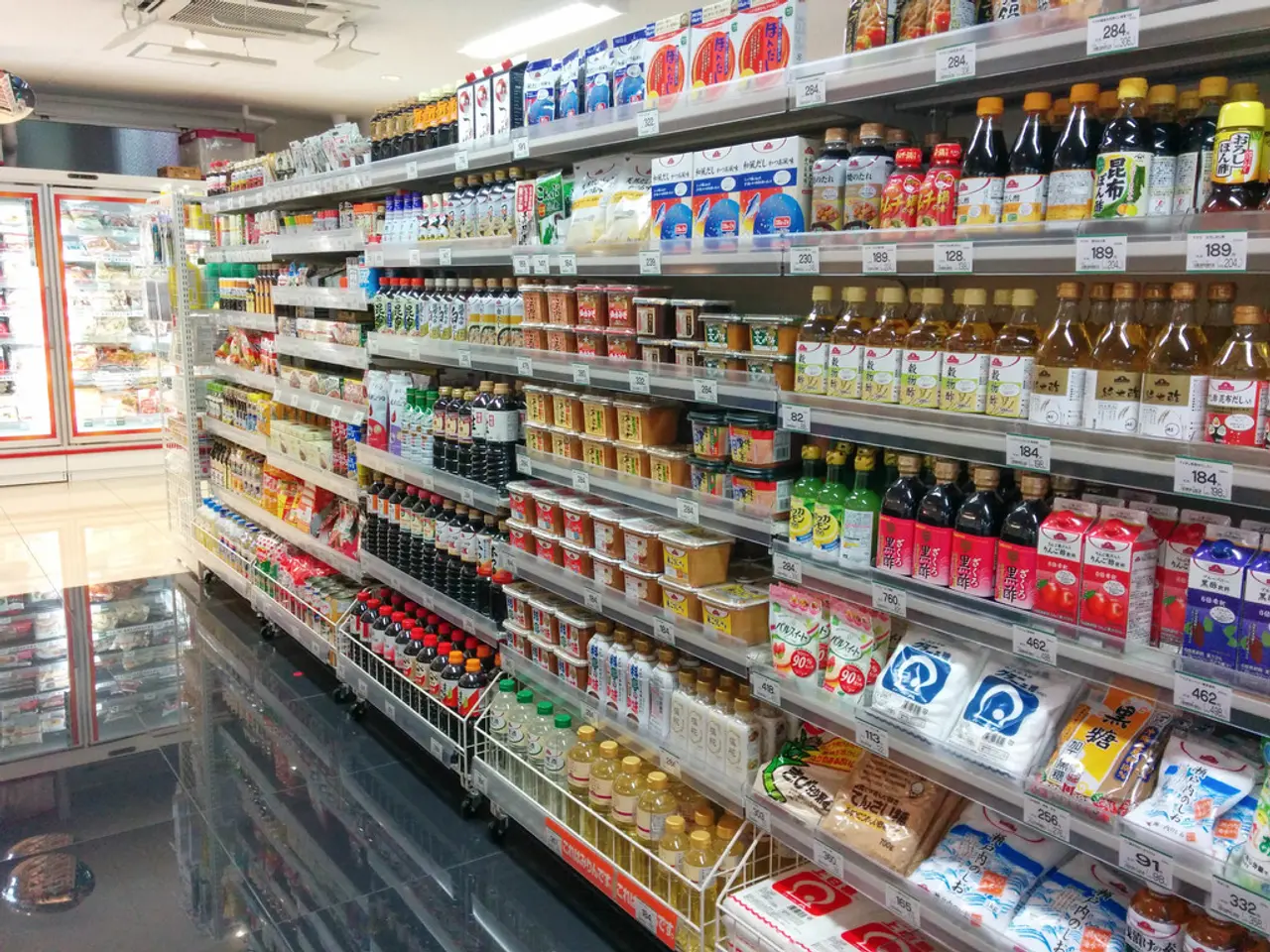Exploring Building Information Modeling (BIM) and Its Significance for Building Projects in Dubai
In the heart of the Middle East, Dubai's construction sector is embracing a digital revolution, with Building Information Modeling (BIM) emerging as a game-changer. This digital methodology creates a virtual replica of a building, capturing its geometry, materials, internal systems, schedules, and lifecycle data [1].
Enhanced Collaboration ----------------------
One of the most significant advantages of BIM is its ability to foster collaboration. By providing architects, engineers, and contractors with access to a single, shared model, BIM reduces misunderstandings and back-and-forth, streamlining the construction process [1].
Improved Efficiency -------------------
Projects in Dubai that adopt BIM are reporting impressive efficiency gains. On average, they are delivering projects up to 30% faster and achieving 20% cost savings [1]. These improvements are achieved by optimizing construction processes, making BIM an attractive proposition for Dubai's fast-paced development.
Sustainability --------------
Sustainability is a key priority for Dubai, and BIM is playing a crucial role in this regard. With tools for energy modeling and environmental simulations, BIM helps optimize resource use and improve efficiency, contributing significantly to sustainable building practices [4].
Integration with Other Technologies ------------------------------------
BIM is not a standalone technology. It can be integrated with other advanced systems, such as the Industrial Internet of Things (IIoT) platforms, enhancing project management and performance [3]. For example, platforms like Revit MEP 2026 use AI and real-time data for system performance simulations.
While the benefits of BIM are clear, its adoption in Dubai's construction sector faces challenges.
Adoption Rate -------------
The adoption rate of BIM in the UAE, including Dubai, is slow and low. This may be due to various barriers such as lack of awareness, technical challenges, or investment costs [2].
Training and Expertise ----------------------
As BIM becomes more widespread, there is a growing demand for trained professionals, especially in sectors like oil and gas, which require specific skills and knowledge [3]. To address this, universities, private institutes, and companies like Orbit Training are investing in BIM courses tailored to Dubai's market.
Integration Issues ------------------
Smooth integration with existing systems and workflows can be challenging, requiring careful planning and implementation [3]. This is particularly true for complex projects like tall and tough builds, where seamless coordination between design and load-bearing logic is crucial, a task that Revit Structure 2026 excels at.
Cost of Implementation ----------------------
The initial investment in BIM software, training, and infrastructure can be significant, which might deter some smaller or less equipped companies [2]. However, the potential cost savings and efficiency gains make it a worthwhile investment for many projects.
In conclusion, while BIM offers numerous benefits, its adoption in Dubai's construction sector faces challenges related to implementation costs, training needs, and integration complexities. As these challenges are addressed, BIM's future in Dubai looks promising, with AI-driven design suggestions, predictive simulations, integration with Digital Twins, and the use of augmented and virtual reality on the horizon.
- BIM's ability to foster collaboration among architects, engineers, and contractors makes it an effective tool for the construction industry.
- Dubai's adoption of BIM in its construction sector has led to significant efficiency gains, with projects delivering up to 30% faster and achieving 20% cost savings.
- Sustainability is a priority for Dubai, and BIM's tools for energy modeling and environmental simulations are contributing to sustainable building practices.
- BIM is not a standalone technology, and can be integrated with other advanced systems, such as the Industrial Internet of Things (IIoT) platforms, to enhance project management and performance.
- The adoption rate of BIM in the UAE is slow and low, due to barriers like lack of awareness, technical challenges, or investment costs.
- Universities, private institutes, and companies like Orbit Training are investing in BIM courses tailored to Dubai's market, to address the growing demand for trained professionals.
- Smooth integration with existing systems and workflows can be challenging, requiring careful planning and implementation, particularly for complex projects.
- The initial investment in BIM software, training, and infrastructure can be significant, but the potential cost savings and efficiency gains make it a worthwhile investment for many projects.




